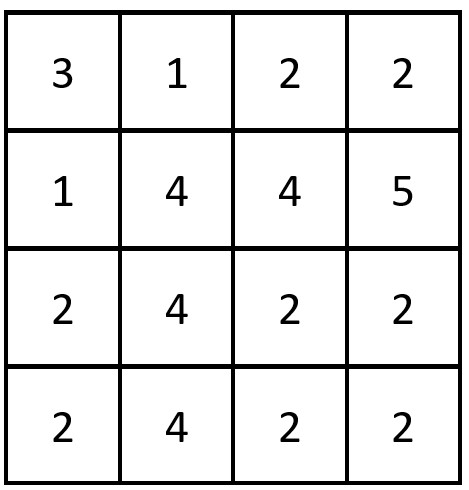Given a 0-indexed n x n integer matrix grid, return the number of pairs (ri, cj) such that row ri and column cj are equal.
A row and column pair is considered equal if they contain the same elements in the same order (i.e., an equal array).
Example 1:
Input: grid = [[3,2,1],[1,7,6],[2,7,7]] Output: 1 Explanation: There is 1 equal row and column pair: - (Row 2, Column 1): [2,7,7]
Example 2:
Input: grid = [[3,1,2,2],[1,4,4,5],[2,4,2,2],[2,4,2,2]] Output: 3 Explanation: There are 3 equal row and column pairs: - (Row 0, Column 0): [3,1,2,2] - (Row 2, Column 2): [2,4,2,2] - (Row 3, Column 2): [2,4,2,2]
Constraints:
n == grid.length == grid[i].length1 <= n <= 2001 <= grid[i][j] <= 105
Companies: Adobe, Apple, Amazon
Related Topics:
Array, Hash Table, Matrix, Simulation
Similar Questions:
// OJ: https://leetcode.com/problems/equal-row-and-column-pairs
// Author: github.com/lzl124631x
// Time: O(N^3)
// Space: O(1)
class Solution {
public:
int equalPairs(vector<vector<int>>& A) {
int N = A.size(), ans = 0;
for (int i = 0; i < N; ++i) {
for (int j = 0; j < N; ++j) {
bool equal = true;
for (int k = 0; k < N && equal; ++k) {
if (A[i][k] != A[k][j]) equal = false;
}
ans += equal;
}
}
return ans;
}
};
